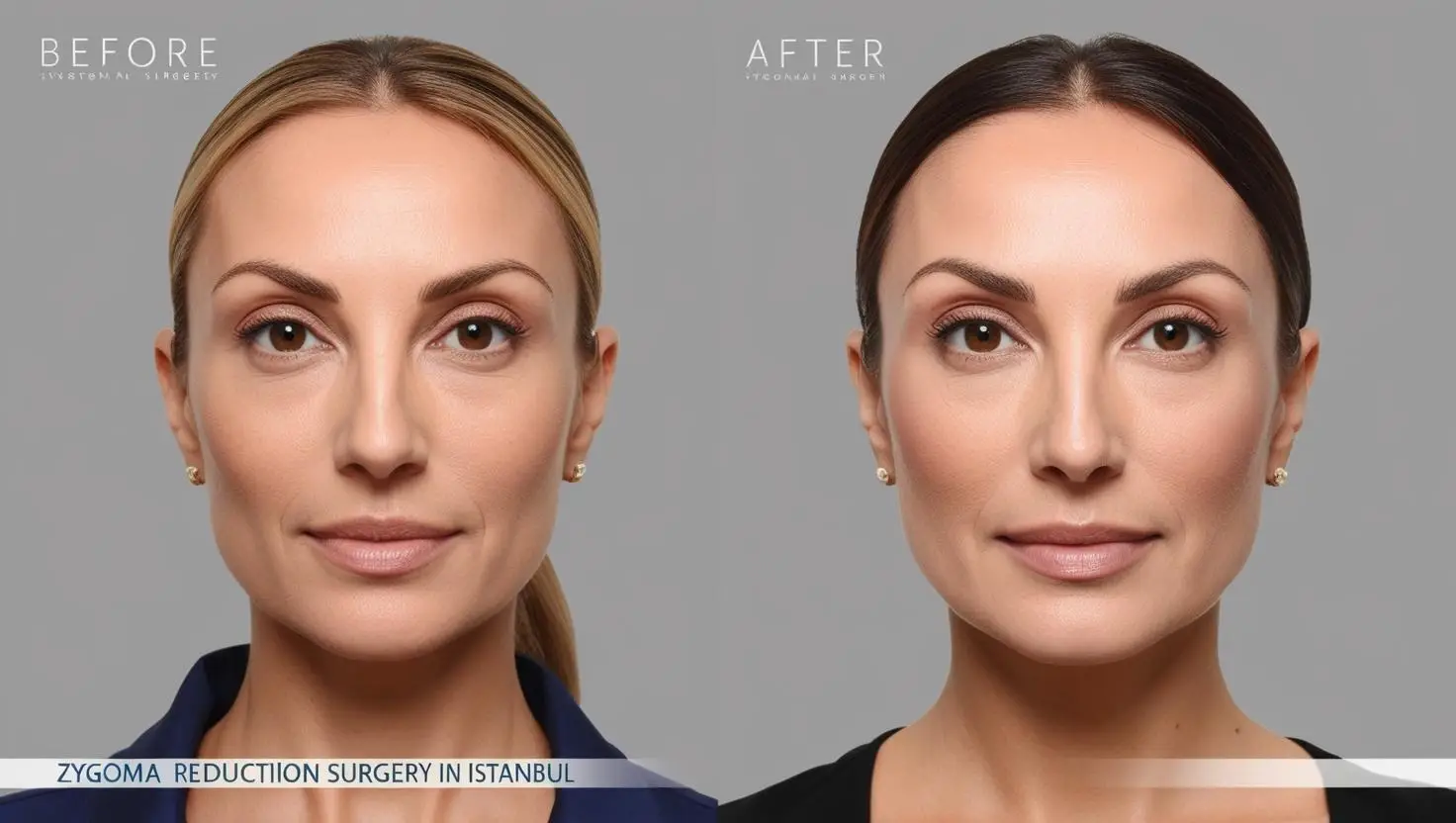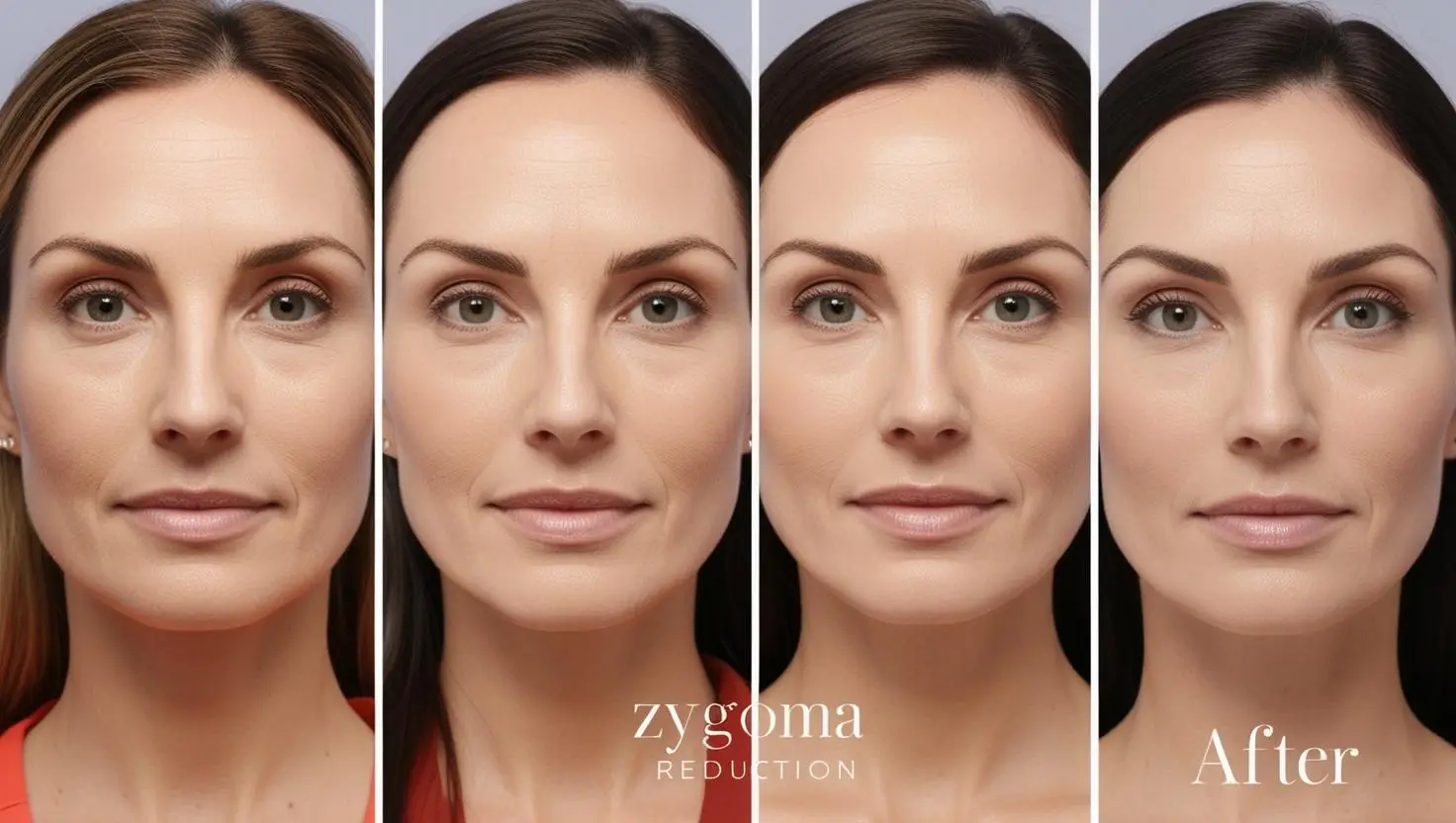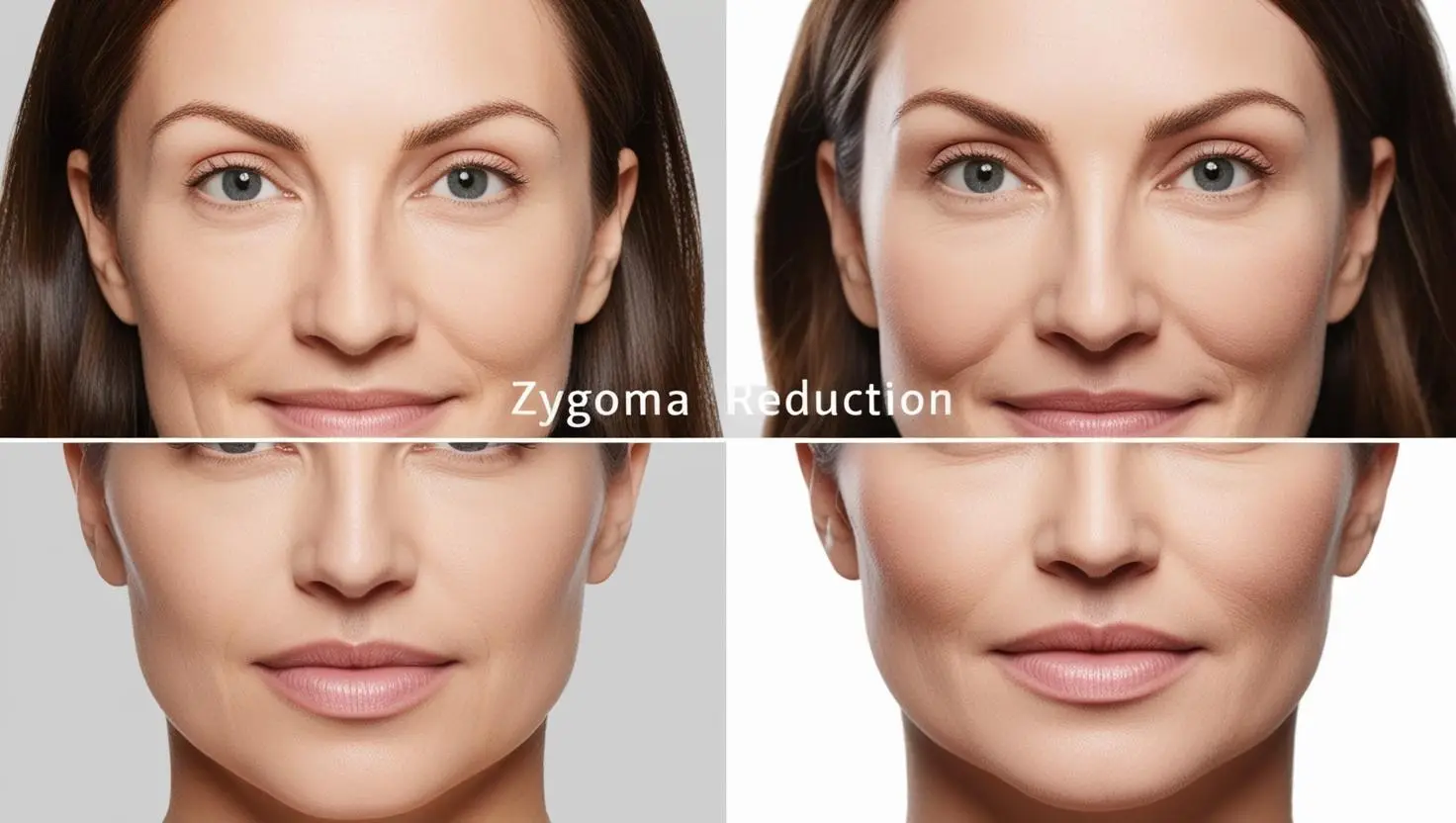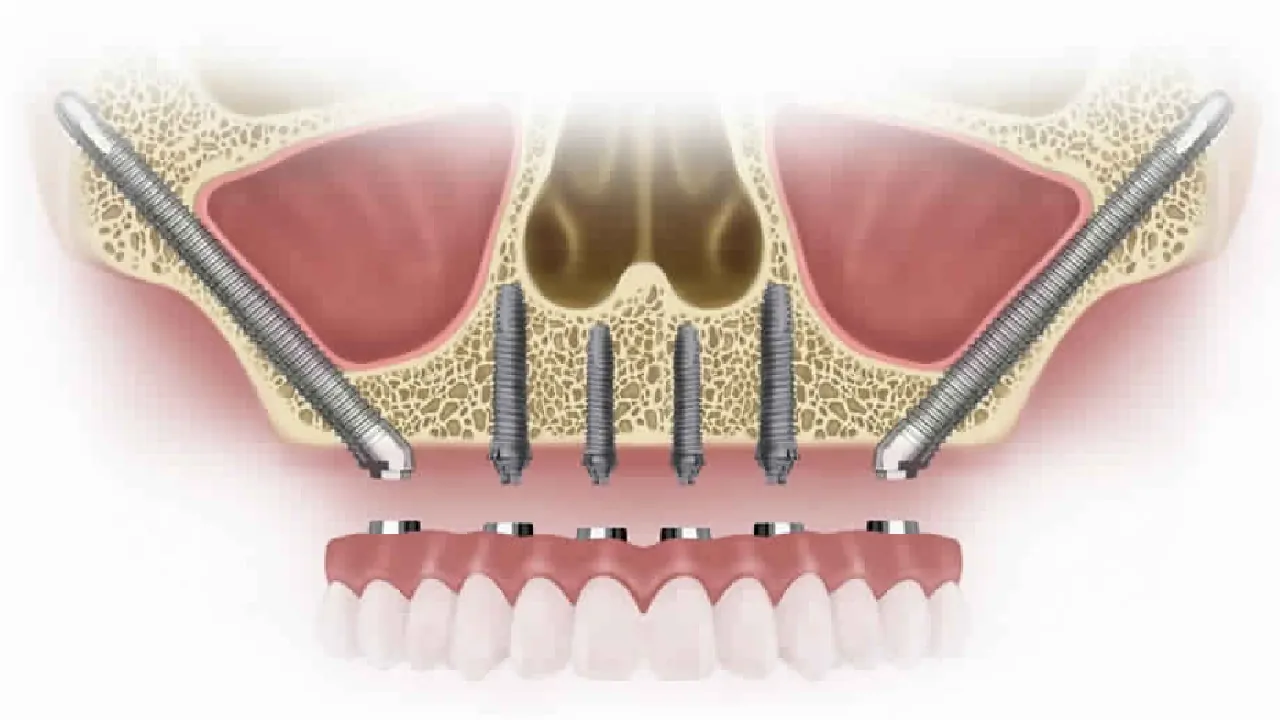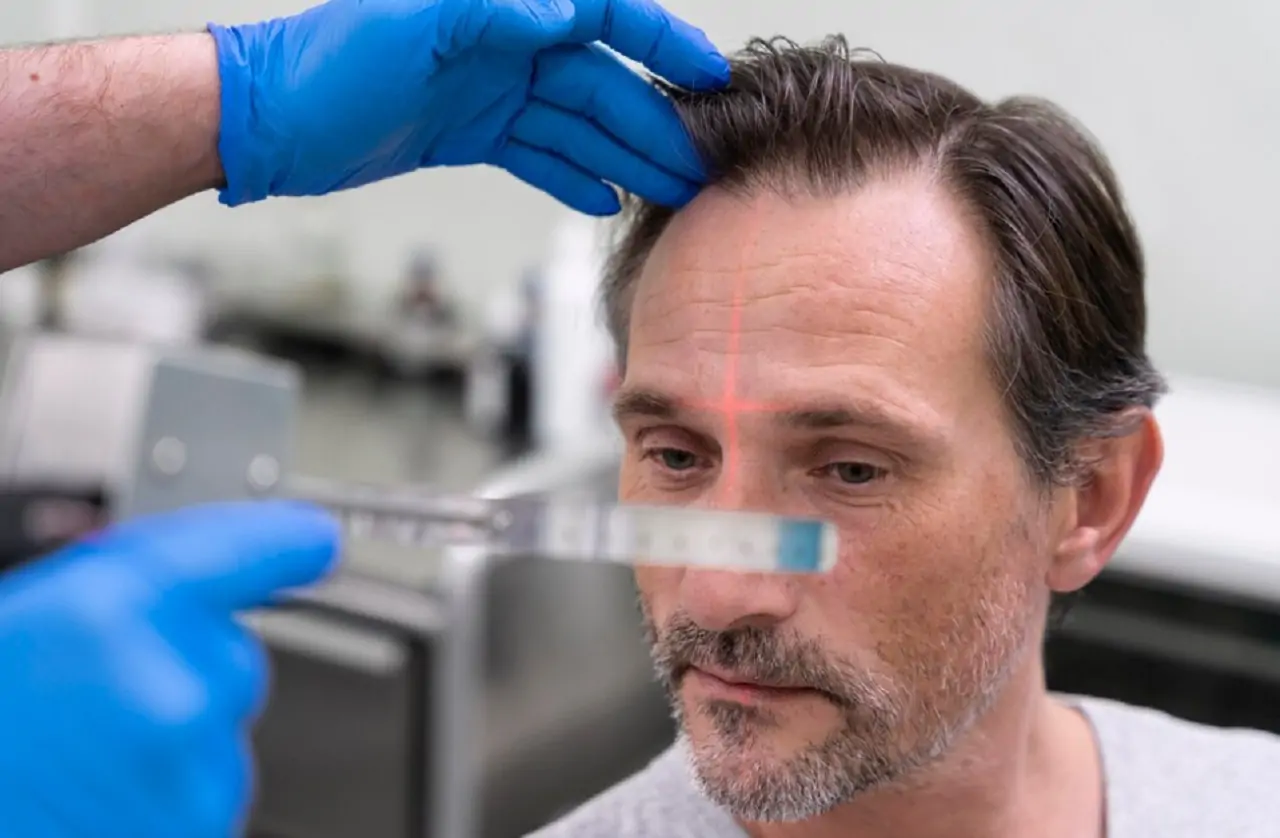Zygoma reduction before and after is a common search term for those interested in the results of this transformative cosmetic surgery. Zygoma reduction, also known as cheekbone reduction, is a cosmetic surgery designed to reduce the size of prominent cheekbones.
This procedure can provide a more balanced facial appearance, particularly for those who feel their cheekbones are too prominent. Many individuals opt for this surgery to achieve a softer, more harmonious facial profile. In this article, we will examine the process and results of zygoma reduction before and after, offering insights into what patients can expect before and after the surgery.
What is Zygoma Reduction?
Zygoma reduction before and after is often discussed by patients who want to understand the procedure and its impact on facial features. Zygoma reduction is a surgical procedure aimed at reshaping or reducing the size of the zygomatic bones (cheekbones).
This operation is typically performed for aesthetic purposes, either to contour the face or to address concerns about disproportionate cheekbones. During the procedure, the surgeon will reduce the volume of the zygomatic bones, which can create a smoother transition from the cheeks to the jawline, enhancing overall facial symmetry.
The Procedure of Zygoma Reduction Before And After
The zygoma reduction before and after process involves cutting and repositioning the zygomatic bones. The surgery is often performed under general anesthesia, ensuring that patients remain comfortable throughout the process. Surgeons may make small incisions inside the mouth or along the hairline, depending on the preferred approach and the patient’s needs. After the bones are reshaped or reduced, they are secured in place with special fixation techniques.
Before the Zygoma Reduction Surgery
Before undergoing zygoma reduction surgery, it is essential to consult with a qualified plastic surgeon who can evaluate your facial structure and determine if you are a suitable candidate. During this consultation, the surgeon will discuss the potential risks, benefits, and expectations of the surgery. Patients should also undergo necessary imaging or scans to help plan the procedure accurately.
It’s important to follow all preoperative instructions carefully. This may include avoiding certain medications or foods that could interfere with the surgery. You may also be advised to stop smoking for a period before the surgery to improve healing outcomes.
After Zygoma Reduction Surgery
The recovery period after zygoma reduction before and after surgery varies from person to person, but most patients can expect some swelling and bruising around the cheeks and eyes. These effects typically subside within a few weeks. It’s essential to follow the post-operative care instructions provided by the surgeon to ensure proper healing and avoid complications.
Pain management will be part of the recovery process, and patients are often prescribed pain relievers to ease discomfort. It is also common to experience some numbness in the treated area, but this generally resolves over time as the nerves heal.
Zygoma Reduction Results: Zygoma Reduction Before And After
The results of zygoma reduction before and after surgery are typically visible within a few weeks after the surgery as swelling decreases. Over time, the final results become even more apparent as the facial contours settle into their new shape. Patients who undergo zygoma reduction often report feeling more confident with their facial appearance, as the surgery helps to soften sharp cheekbones and create a more balanced facial harmony.
Zygoma reduction before and after highlights the significant transformation that can occur with this surgery. Zygoma reduction surgery is a transformative procedure that offers patients a chance to enhance their facial symmetry by reducing prominent cheekbones.
While the surgery is effective, it requires careful planning, expert surgical execution, and proper post-operative care to ensure optimal results. If you are considering this surgery, it is important to have a detailed discussion with your surgeon to understand the potential risks, recovery process, and expected outcomes.
